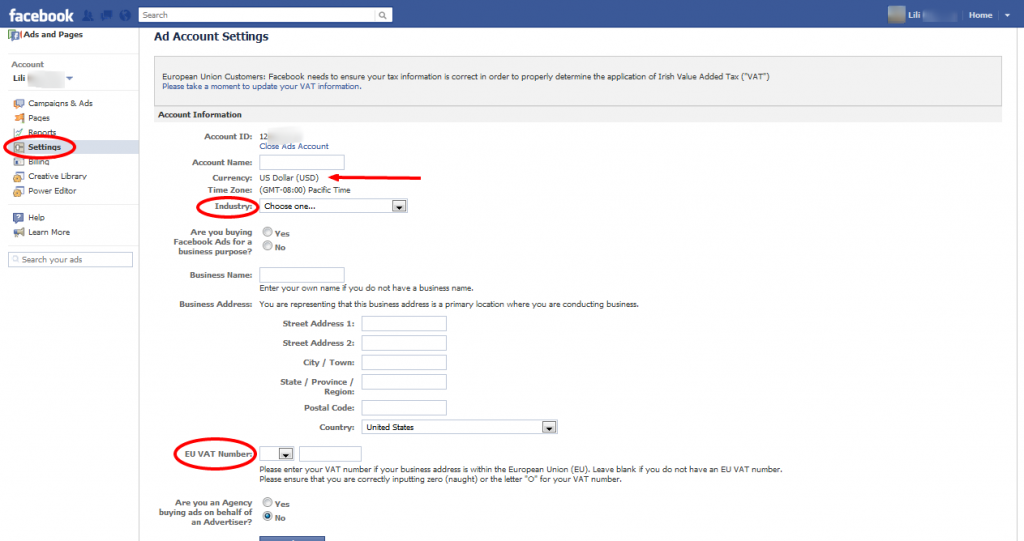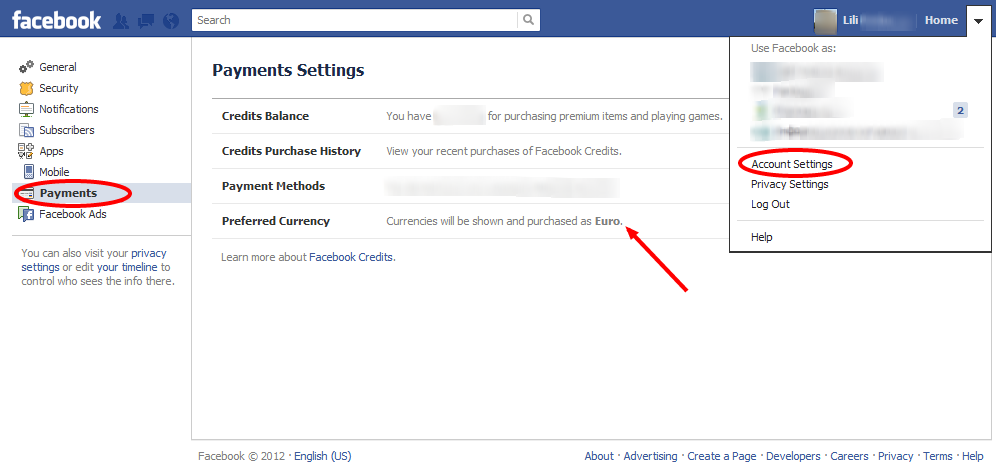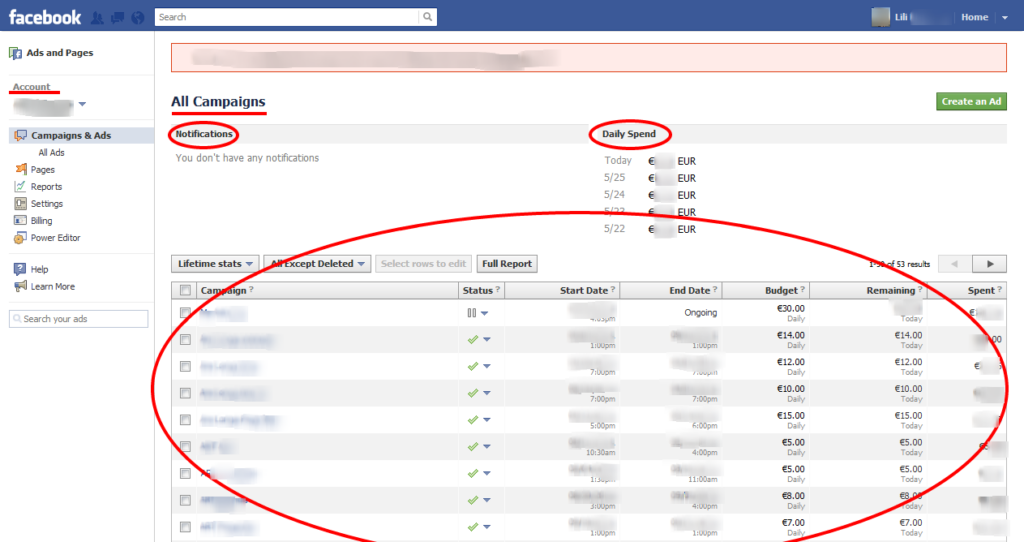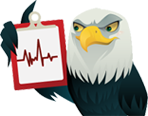The Ultimate Practical Guide for Facebook Ads
By Alex Carter on October 10, 2024

Advertising on Facebook offers businesses an incredible opportunity to reach their target audiences at a relatively low cost. Whether you are promoting a small local business or a large brand, Facebook ads allow you to connect with potential customers and build a following. This guide walks you through everything you need to know about running successful Facebook ads—from setting up your campaigns to managing and optimizing them.
Setting Up Your First Campaign
The first step in running Facebook ads is setting up your campaign. Here’s a quick look at how to get started:
Create a Facebook Ads Account

Before anything else, you’ll need to set up an account in Facebook Ads Manager, which serves as the hub for all your campaign activities. This is where you’ll create, manage, and analyze your ads;
Understand Your Campaign Objectives

Facebook offers several objectives for your campaign, such as brand awareness, lead generation, or driving traffic to your website. Selecting the right objective based on your business goals is critical for success. For example, if you’re launching a new product, you might focus on increasing awareness, while an established brand might prioritize conversions or engagement;
Targeting Your Audience
Facebook allows you to target specific demographics, including age, location, gender, interests, and behaviors. Knowing who your target audience is will help you focus your ad spend on the people most likely to engage with your brand;
Choosing Your Ad Format
Facebook offers multiple ad formats, including image ads, video ads, carousel ads, and more. Choose the format that best conveys your message and aligns with your campaign goals;
Setting Your Budget and Bid

Facebook lets you set a daily or lifetime budget for your ads. You can also manually adjust your bid for each ad placement or let Facebook optimize it for you based on your chosen campaign goal.

Facebook Ads vs. Sponsored Stories
Facebook offers two primary types of advertisements: Facebook Ads and Sponsored Stories. Each type has its strengths depending on what you aim to achieve.
- Facebook Ads
Facebook Ads are classic branded advertisements that typically contain a picture and copy and link to either an external page, Facebook Page, or Facebook App. You can create:- Ad from a Page Post: These ads promote an existing post from your page, targeting both your current followers and potential new ones;
- New Ad Message: This is a traditional ad where you select the image, title, and copy. You have full creative control and can link the ad to external websites.
- Sponsored Stories
Sponsored Stories are a unique form of advertisement on Facebook that leverage the social network aspect of the platform. They display interactions (like page likes, comments, or shares) between a user’s friends and your brand. There are three primary types:- Page Like Story: Shows friends of your current fans who liked your page, increasing the likelihood that they will do the same;
- Page Post Story: Displays one of your posts and highlights engagement (likes, comments) to attract new users;
- Page Post Like Story: Combines the elements of both and showcases when a user’s friend liked a particular post on your page.
- Choosing Between Ads and Sponsored Stories
For businesses just starting with Facebook advertising, standard Facebook ads are usually the best option. Sponsored Stories become more effective as your fan base grows because they rely on your existing audience’s interactions with your page. A larger audience makes these social recommendations more impactful.
Best Practices for Ad Design
Once you’ve set your campaign up, the next step is creating effective ad designs. Whether it’s a Sponsored Story or a standard ad, visual appeal plays a crucial role in catching your audience’s attention.
- Choose the Right Image
Facebook ads are visual in nature, so your image is the most important part of your ad. Choose an image that is clear, relevant, and eye-catching. Ensure the image reflects your brand and resonates with your audience; - Craft Compelling Copy
Your ad copy should be concise, engaging, and contain a clear call-to-action (CTA). Highlight what makes your offer unique and create urgency without being too pushy; - Test Variations
To find the most effective ads, create several variations with different images, headlines, and CTAs. Facebook allows you to A/B test, helping you refine your approach based on performance data; - Ensure Ad Consistency with Your Landing Page
Your ad should be consistent with your landing page to ensure a seamless user experience. If users click on an ad that promises a discount, for example, the landing page should immediately reflect that offer.
Managing and Monitoring Your Campaigns

Creating your ad is only half the battle. Facebook ads require constant monitoring and optimization to deliver the best results. Here are some tips to help you manage your campaigns:
- Make Ads Manager Your Home Page
Ads Manager is where you monitor the progress of your campaigns. From here, you can see key metrics like impressions, clicks, and spending. You can also adjust your targeting, budget, or ad creative as needed; - Understand Your Key Metrics
Metrics like Reach, Frequency, and Click-Through Rate (CTR) are crucial for understanding how well your campaign is performing. Reach shows how many people have seen your ad, Frequency tells you how often they’ve seen it, and CTR measures how often people click on your ad after seeing it; - Use Reports to Gain Insight
Facebook offers detailed reports that break down your ad performance by demographics, locations, and actions taken. Analyzing these reports helps you optimize future campaigns for better results; - Quality Over Quantity
Focus on reaching the right audience, not just a large audience. Narrowing down your targeting to specific groups can improve CTR and lower your costs, as you’ll be reaching people more likely to engage with your brand.
Tips for Optimizing Your Campaigns
Even the most well-designed ad campaign requires optimization. As you run your campaigns, here are some final tips to maximize your return on investment:
- Adjust Your Ad Based on Performance
If your ad isn’t performing as expected, don’t hesitate to change the image, copy, or target audience. If all else fails, consider tweaking your landing page to better align with user expectations; - Experiment with Different Ads
Use different ads with varying images and copy to see which works best. Over time, you’ll learn what your audience responds to and can refine your campaigns accordingly; - Simplify Your Landing Page
If users are clicking on your ad but not converting, it may indicate an issue with your landing page. Make sure the landing page is easy to navigate and that it delivers on the promises made in the ad.
Conclusion
Facebook advertising offers immense potential for businesses of all sizes. Whether you’re just starting or looking to optimize existing campaigns, following these best practices can help you achieve better results. By understanding the different ad types, monitoring performance, and continuously refining your approach, you’ll be well on your way to running successful Facebook ads that engage your target audience and drive growth.
Posted in blog, Web Applications
Alex Carter
Alex Carter is a cybersecurity enthusiast and tech writer with a passion for online privacy, website performance, and digital security. With years of experience in web monitoring and threat prevention, Alex simplifies complex topics to help businesses and developers safeguard their online presence. When not exploring the latest in cybersecurity, Alex enjoys testing new tech tools and sharing insights on best practices for a secure web.
